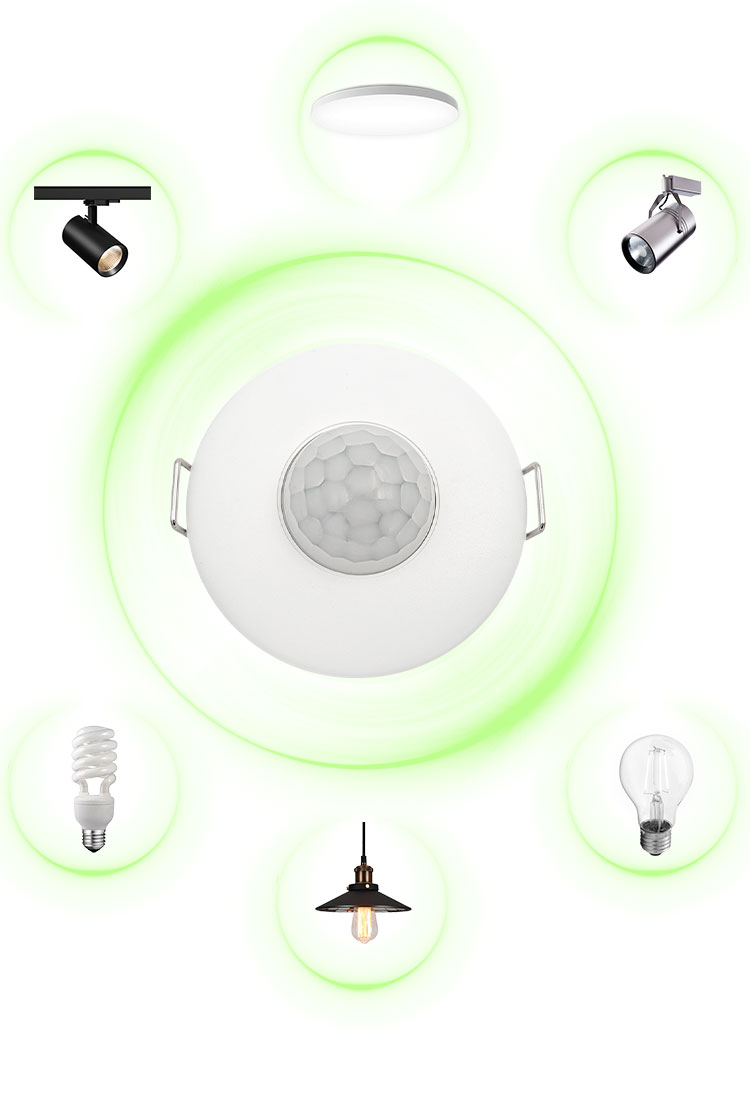

How to choose a sensor for a conference room?
How to choose a sensor for a conference room?
The core goal of selecting suitable sensors for the conference room is to enhance user experience, maximize energy efficiency, and achieve intelligent management.
Here is a selection guide.
1. Clarify core requirements and scenarios
Before selecting a specific sensor, first determine a few questions:
1) What is the main objective? Is it energy-saving (automatically turning off lights and air conditioning)? Or to enhance the experience (automatic device wake-up)? Or space utilization analysis?
2) What is the type and size of the conference room? Is it a small 4-6 person phone booth? A medium-sized conference room for 10-20 people? Or a large training room or conference room?
3) Type of conference table? Is it a fixed long table, round table, or a flexible table and chair?
What is the usual format for meetings? Is it a video conference with less personnel movement, or a brainstorming meeting that requires frequent writing and walking?
2. Understand different types of sensors and their applicable scenarios
There are many types of sensors, and the following are the most commonly used ones in conference rooms:
1) Human Presence Sensors - Core Recommendations
It can be used to determine whether there is really someone, not just 'someone moving'.
Technical principle: Millimeter wave radar technology is usually used. It can perceive extremely small movements, even the chest fluctuations caused by human breathing and heartbeat. This means that even if a person sits completely still, the sensor can know that they are still in the room.
High precision presence perception: effectively distinguishing between real people and stationary objects (such as chairs, potted plants).
Not affected by light: can work normally both day and night.
Additional features: Many millimeter wave radar sensors can also provide advanced functions such as crowd counting, static fall detection, and activity area monitoring.
Applicable scenarios: All meeting rooms, especially for controlling lighting and air conditioning systems. Very suitable for in-depth discussions or video conferences that require long periods of sitting.
Installation precautions: The installation location should cover the main seating area to avoid blind spots.
2) Human Movement Sensor - Basic Selection
This is the most common and low-cost sensor, but it has certain limitations when used in conference rooms.
Technical principle: The mainstream is passive infrared. It determines movement by detecting changes in the infrared heat emitted by the human body.
Advantages: Low cost, easy installation, mature technology.
Disadvantage: Can only detect large movements: If a person sits still (such as during a meeting or watching a video), after a period of time, the sensor will assume that the room is empty and mistakenly turn off the lights or air conditioning.
Susceptible to interference: Sensitive to heat sources, air conditioning vents, and direct sunlight may affect its judgment.
Applicable scenarios: Small conference rooms or corners of conference areas that are sensitive to budget and have frequent personnel movements (for auxiliary triggering) are not recommended to be used as the main sensor for conference rooms alone.
3) Illuminance Sensor - Recommended Options
Function: Monitor the brightness of indoor natural and artificial light.
Application: Intelligent dimming: automatically dims or turns off lights when there is sufficient sunlight; When it is cloudy or evening, automatically turn on and adjust the brightness of the lights to the preset value.
Linkage curtains: When the light is too strong, the blinds will automatically close to prevent glare.
3. Key considerations for product selection
1) Communication protocol: How do sensors connect with central control systems (such as smart homes/building automation systems)?
Wired: The most stable, but requires pre embedded wiring during decoration. Commonly seen in large building projects.
Wireless: Flexible installation and low cost. Common protocols include:
Zigbee: Low power consumption, strong networking capability, and stability.
Bluetooth Mesh: Convenient for direct connection to mobile phones.
Wi Fi: Directly connected to the router, but with high power consumption.
Ensure that the sensor protocol you choose is compatible with your central control system.
2) Power supply mode:
Battery powered: The installation location is flexible, but the battery needs to be replaced regularly.
Power supply: Once and for all, but wiring is required.
3) Installation and Debugging:
Installation location: very important! To avoid obstruction, cover the core area. Refer to the recommended installation height and angle in the product manual.
Parameter settings: Sensitivity, delay shutdown time, detection range, etc. all need to be debugged according to the actual scenario.
4. Summary and final recommendations
For the vast majority of modern conference rooms, millimeter wave radar human presence sensors are undoubtedly the best choice. It solves the core pain point of traditional human body movement sensors that are "mistakenly turned off while the person is there", truly achieving intelligence.
Basic configuration: Human presence sensor+temperature and humidity sensor. This is the combination with the highest cost-effectiveness and the most obvious improvement in experience.
It is recommended to test one or two samples on a small scale before purchasing, to evaluate their actual performance in different conference room environments, and then make a final decision.








